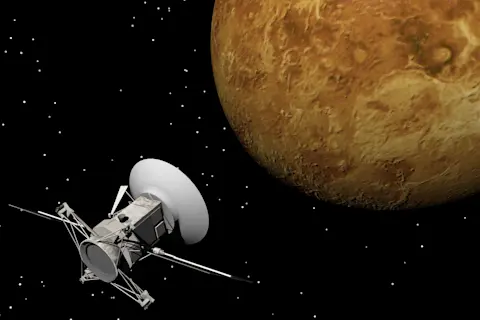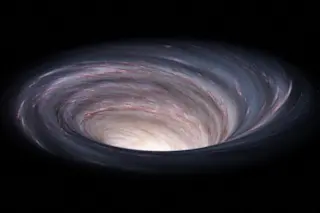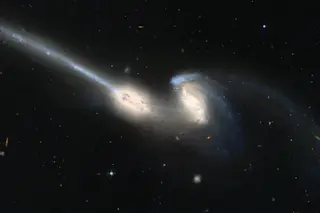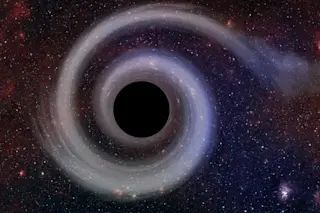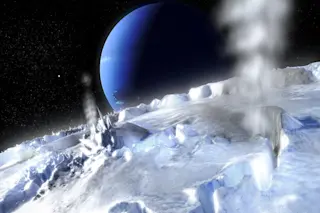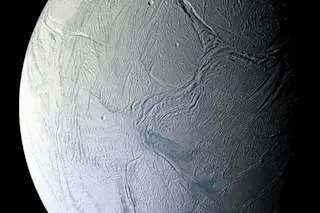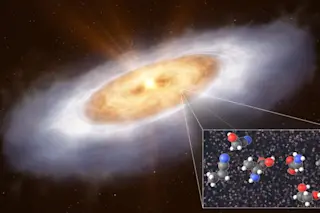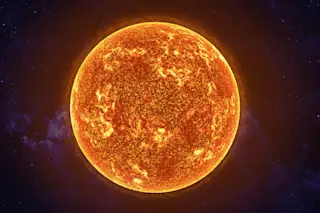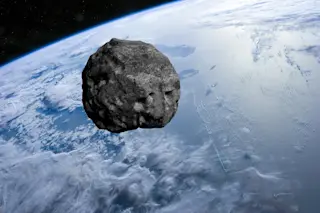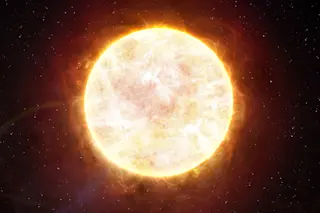NASA’s Magellan mission is one of the most successful deep space missions of all time. The spacecraft provided the first and most complete image map of the surface of Venus, and the most comprehensive and detailed data of the planet’s gravity and surface.
Although the original mission launched in 1989, the data collected is still helping scientists with new discoveries. Recently, a team used the archival Magellan data to find evidence that tectonic activity is happening below Venus. This activity, characterized by a feature called a corona, may be deforming the planet’s surface in a way similar to events in Earth’s past.
“Coronae are not found on Earth today; however, they may have existed when our planet was young and before plate tectonics had been established,” said Gael Cascioli, assistant research scientist at the University of Maryland, Baltimore County, and NASA’s Goddard Space Flight Center, and lead author of the ...
